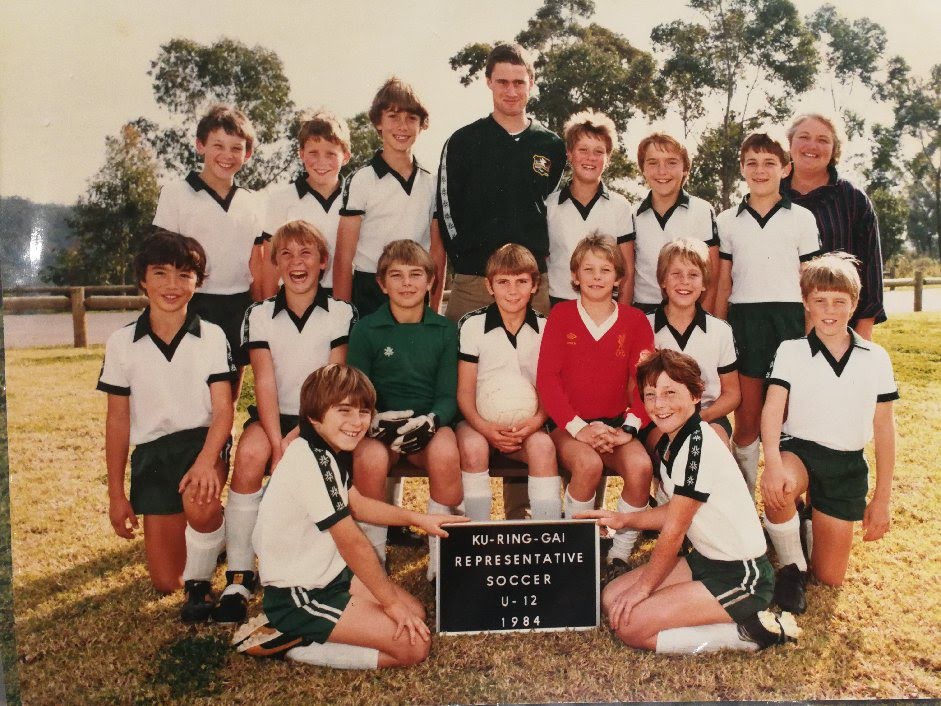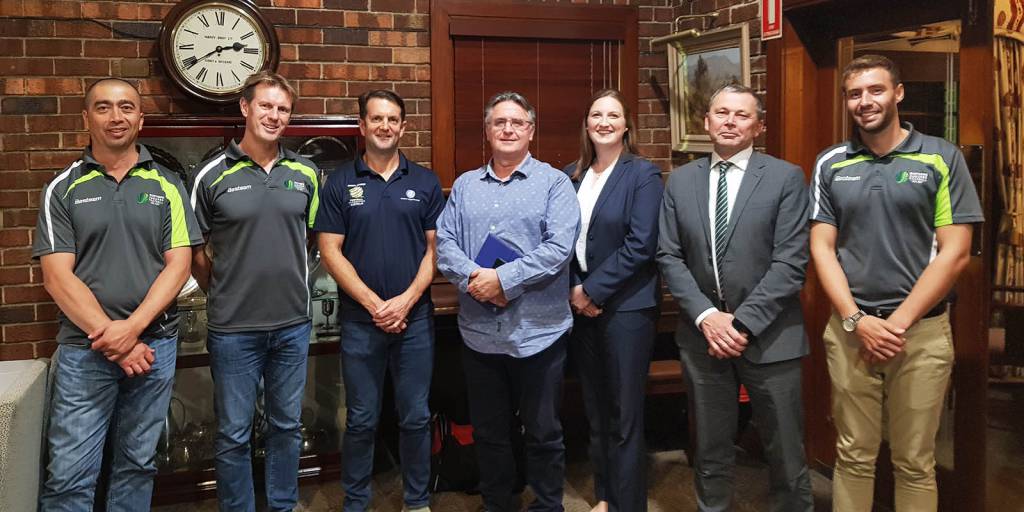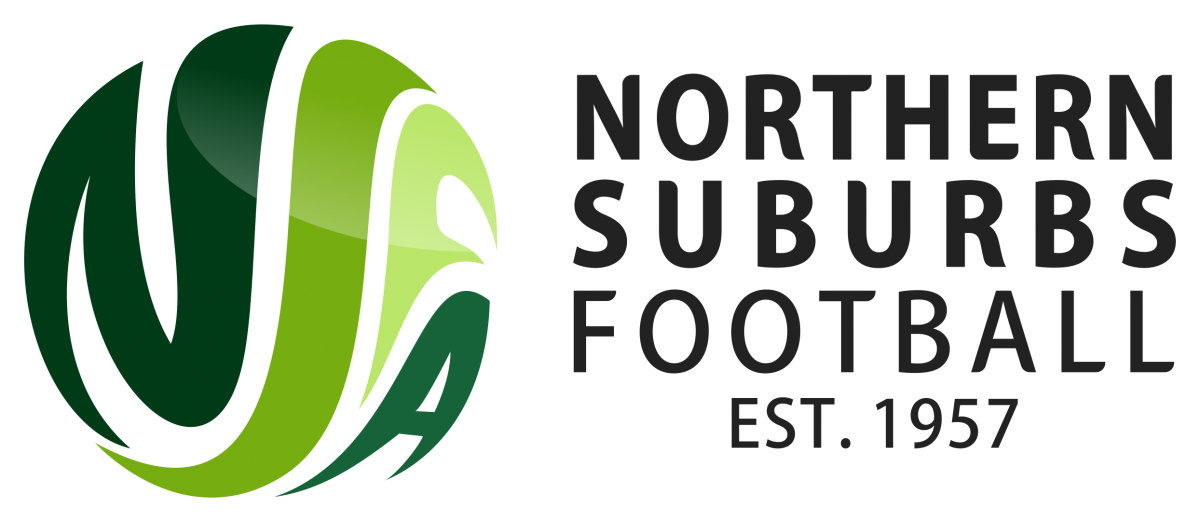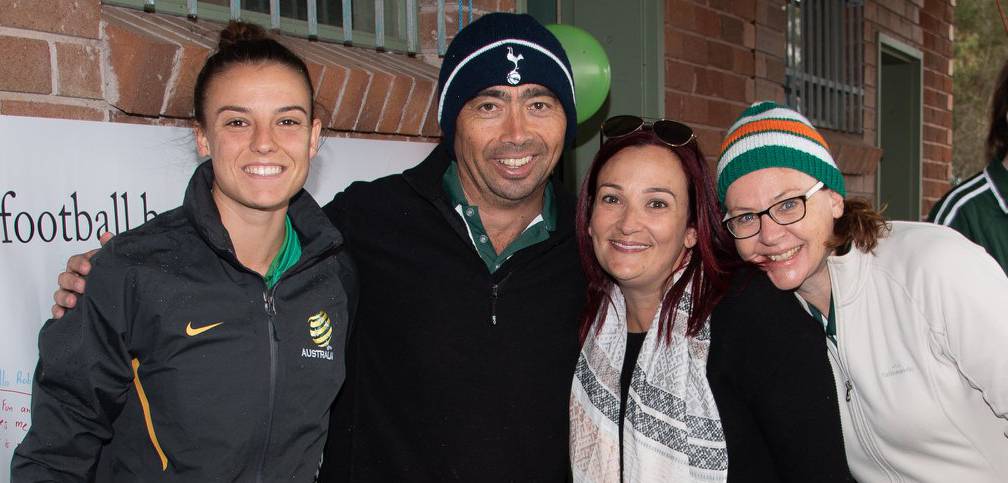Can you talk us through your journey in football?
My journey in football began when I signed up to play for Mt Colah in the U08’s age group, way back in 1980. A broken arm the previous year caused my delay to football by one year. I went into the C team and the team was coached by Robbie Hooker and Craig Duncan. Little did I know at the time how much of an impact they both had, and still have, on my footballing life. My nickname in that first year was ‘Lightning’. Must have been that speed I once had.
I spent 4 years at Mt Colah before moving to a rival club, Hornsby Heights. The move also coincided with my selection to play for Ku-ring-gai Representative Soccer. We would play club football on Saturday and rep football on Sunday. The year was a success with Hornsby Heights as we were the champions of the Ku-ring-gai District Soccer Association (KDSA), which is now the Northern Suburbs Football Association (NSFA), however, we got knocked out in the second round of the Champions of Champions.
The following year I just played rep football for Ku-ring-gai. It was definitely an eye opener playing rep football. I remember being 11, 12, 13 years old and travelling to teams like the Southern Districts & Canterbury where they all seemed to have a 6-foot bearded kid called George playing for them. Not only were they strong but they also had a lot of vocal support.

I spent 5 years playing for Ku-ring-gai Representative Soccer before moving back to club football where I spent a couple of years playing for Thornleigh Thunder. That was my first introduction in MAA football at the ripe age of 16. I must have got confused one year as I went from the Blue and Gold of Thornleigh Thunder to the Blue and Gold of Hornsby RSL FC (HRSLFC), where I was re-united with my first ever football coach Robbie Hooker, who was player/coach for the Premier League squad. Although I was mainly playing in the reserves, the year I joined proved to be a successful year for HRSLFC, winning the Premier League for the first and only time in the club’s history.
After 3 ½ years at HRSLFC, I had a 2 ½ year spell from playing football as I travelled the US and some of Europe, watching football of course. I went to the World Cup in 1994 in the US and Euro 96 in England. I also watched many EPL games in England.
Upon my return from my travels, I returned to HRSLFC to continue playing in the Premier League for a couple of seasons before moving to the beaches where I spent a couple of seasons at Belrose-Terry Hills Raiders. I think they saw me as a replacement for the current Sydney FC CEO, Danny Townsend, who went on to play National Soccer League (NSL), but they soon realised they had the wrong player. That didn’t stop my team from playing in the National Stadium in Bali on our end of season trip in a mildly 30+ degrees heat and a belly full of … fluids.
In 2001, I returned to HRSLFC where we fielded a strong Premier League team for the next few years. In 2003, we were the KDSA Premier League Grand Final winners, however the major achievement for the club was winning the Mallacoota Cup in 2002, after 23 years painful, but enjoyable, attempts.
In 2007, the club saw a decline in numbers and not being old enough to transition to the M35’s competition, I spent a season with Berowra Football Club (BFC). We had a mixture of young and experienced players and we had a successful season in Division 2 gaining promotion back to the Premier League.
The following year I didn’t believe my body was up for another season in the Premier League so I went back for my fourth and final stint at HRSLFC, where I played out the remainder of my years in the M35’s, until Arthritis stopped me from playing in about 2014.
I was lucky enough to have been given an opportunity to coach during my playing days and in the year 2000, HRSLFC entered two Women’s All Age teams into the NSFA competition and this is where I began coaching on the female side of the game. Within a couple of years of starting, we had increased the teams at HRSLFC to 4 and female football was thriving at the club.
I have pretty much coached at least one team per year from the year 2000, at several clubs and ranging from Miniroos teams (both mixed and Girls only), to Youth teams (Diamond League), Premier League teams (I won’t discuss the relegation), M35’s, WAA, W35’s, WO306as and Futsal teams.
Being that involved with football almost guarantees you a spot on the clubs committee, where I am currently the Female Football Coordinator and the Female CCC at Hornsby Heights Football Club (HHFC). I am also into my third term as a Director of the NSFA and the Northern Tigers.

How did you get involved with HHFC?
My eldest son, Jake, who was 6 years old at the time, was a handy little footballer and played for BFC. He loves football, so in the off season he partook in extra training sessions. In these football sessions he got to meet other kids of similar ability and one day he came home from training and asked if he could play for HHFC. Little had I known that one of the other kid’s parents happened to be a specialist in recruitment and not only did he attract the interest from my son, but when he found out that I was a coach, the move was sealed.
My daughter, Emily, and youngest son, Harry, followed the path to HHFC two years later when my daughter was selected in the Diamond League team. My wife, Tammy, followed a year later and I had a family of Hornets.
I am currently the Female Football Coordinator and the Club Coach Coordinator (CCC) for the Female side of the game at HHFC.
HHFC is recognised for its club culture particularly in the female game. Can you share insights on how that culture was developed?
The club culture change began just before I arrived. The recruitment dad, mentioned above, was not just a recruiting specialist, but decided to act when he experienced inequality between boys and girls when it came to football. His vision was that girls football should be treated equally to boys football and so the shift in culture began:
- There was a strong shift in girls football development and enjoyment
- Girls were given a choice to play mixed football on a Saturday, girls only football on a Sunday or play in both a mixed team and a girls only team
- Sunday football for females was to be treated equally to mixed football on a Saturday, where the fields would be dressed correctly, the BBQ would be cooking next to the morning coffee and all the fields would be full of girls only games being played.
- No female would have to leave HHFC to play club football, no matter the age
- Female football at HHFC was for all abilities, whether that was competitive or social football, every girl had a choice
The vision of one became the vision of many with the club growing from about 60 girls to nearly 300 girls today. We went from 10% of girls playing girls only football to 90% of girls playing girls only football. We have many wonderful volunteers who have maintained the positive culture.
In the middle of all of this was the introduction of the Diamond League competition and HHFC played an integral part in getting the competition up and running and was a founding member of the Diamond League competition.
I would personally like to thank the recruiting specialist, Malcom Waldock, for all he has done for HHFC, especially for the drive with female football at the club.
You are HHFC CCC for Female side of the club. What are the benefits of your focus just being the girl’s side? Can you share some stories that showcase these benefits?
Above, I have detailed the growth in female football more so from a player’s perspective. As HHFC CCC for the female side of the club, the benefits have also been the growth in the coaches on the female side of the game. As there has been a rise in player numbers, we have had to keep up with the coaches.
For any coach that has coached both mixed and girls only teams, one would agree that there is a considerable difference between the two. The boys want to run faster than each other. The girls want to, well, talk. The boys want to kick it further, whilst the girls just want to … talk. Don’t get me wrong here as some girls have more drive than the boys, they just do it in a different way. So, for a coach, this is a new learning aspect and I love sharing the experiences with the coaches.
Finding coaches for the female teams can also be a challenge. What I have enjoyed is encouraging parents, who have not coached previously, to take on the role and I have found the best listeners and learners to be the Mums, sorry Dads. They are so keen to learn and share the experiences with their daughters and the team, that they worry less on doing it correctly and concentrate more on enjoyment. This is what the girls thrive on and what encourages them to continue playing.
Can you share a favourite football story in your journey?
This is a difficult one as there are so many memories as a player, a coach, a supporter and a volunteer. I have narrowed it down to 2, however I will spare you of my fanaticism for Tottenham.
The Socceroos qualifying for the 2006 World Cup with the game against Uruguay in Sydney in 2005.
After watching the draw against Argentina at the Sydney Football Stadium in 1993 (we lost the second leg 1-0), then travelling to Melbourne to watch the Heartbreak at the MCG against Iran in 1997, where Iran scored 2 late goals and then travelling back down to Melbourne 4 years later, to be knocked out by Uruguay in 2001, we finally had something to cheer about in 2005.
It was November 16, 2005 at the Olympic stadium in Sydney. I was seated behind one of the goals with some mates. We were 1-0 down after the first leg and we were playing Uruguay to qualify for the 2006 World Cup, something we hadn’t achieved in 1974. The atmosphere that night was something that I had never experienced before, and until this day, has not been repeated. The Socceroos were ready and were quietly confident, however the supporters in the crowd (80,000+) only had one outcome in mind and that was qualification. The noise did not stop for the whole game until the penalty shootout and when John Aloisi scored the winning penalty, well one can say we were a little excited. The party continued until we were knocked out of the World Cup.
What advice would you have for someone thinking about volunteering for their local football club?
I believe you must do volunteering for the right reason. What do you want to achieve and how are you going to achieve this? Also, does the committee at your local football club support your vision? Once you are clear on this, volunteering is very rewardable. Personally, I wanted to continue the work done on Female Football at HHFC. We wanted growth, however we also wanted to give the current female members the best opportunity they could have.
As a club, we were very lucky to have a current Matilda’s player involved with the club. I had the privilege of meeting Chloe Logarzo a few years ago and we shared a similar passion regarding Female Football. Chloe became our Female Technical Director at HHFC and became an instant hit at the club. She took training sessions with the female teams, hosted female football clinics and attended various events at HHFC, like our Female Football Festival days. The Girls (and the Boys, Mums and Dads of course) enjoyed the experience so much, that whenever the Matilda’s played, we would have bus loads of excited Chloe Logarzo fans attend the games. When Chloe returned to play for Sydney FC, her fan club continued to follow her around to watch her play.
For me, the enjoyment the girls got from having a Matilda at HHFC was a huge reward and confirmed that my time and effort in volunteering was worthwhile.

